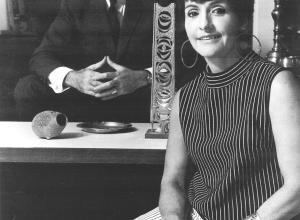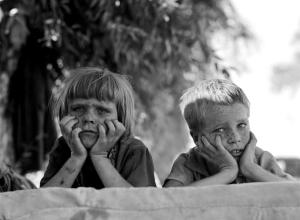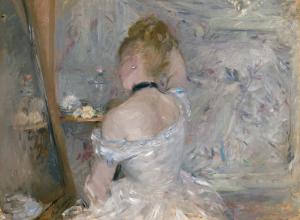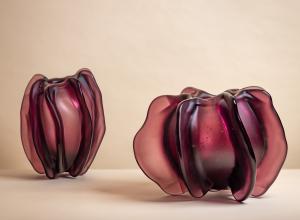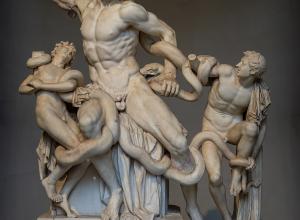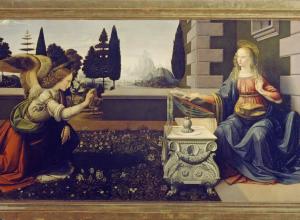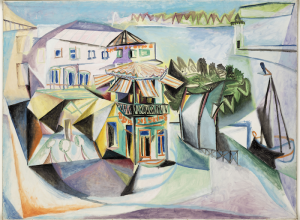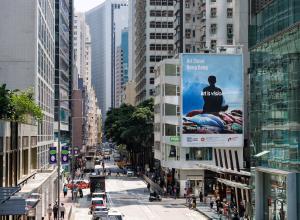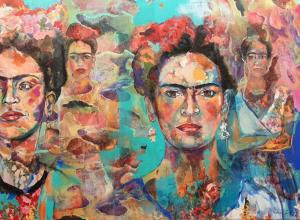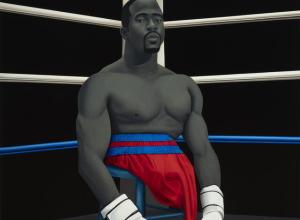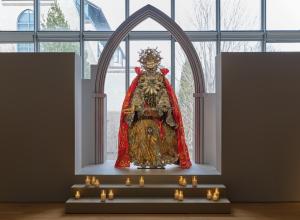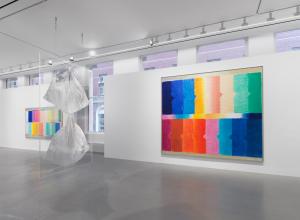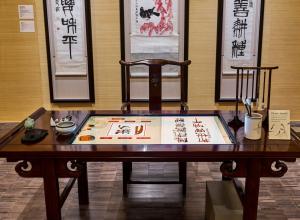
Rene Magritte, The Treachery of Images, 1929
As the largest art museum in the western United States, the Los Angeles County Museum of Art (LACMA) has a collection of over 150,000 objects that span 6,000 years of artistic creation throughout the world, attracting almost a million visitors every year.
Founded in 1961, LACMA is committed to a diverse, culturally rich and innovative presentation of art throughout human history. Get a taste of their exceptional, extensive collections with these ten must-see art works at LACMA. Some works are in their permanent collection while others are on view in current exhibitions. Enjoy!
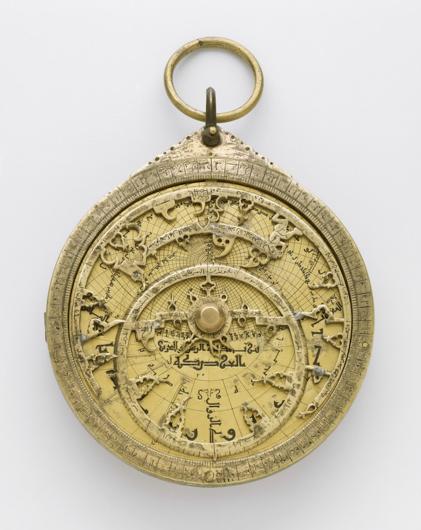
This 13th century Astrolabe by Muhammad ibn 'Abd al-'Aziz al Khama'iri is beautifully crafted of gilt copper alloy. Similar to a compass with many overlapping plates, astrolabes were used in astronomy and navigation. Repositioning the plates allowed the user to calculate the altitude of heavenly bodies, determine the time of day and time of year, and figure out their earthly terrestrial position, based on latitude.
Muhammad ibn 'Abd al-'Aziz al Khama'iri (Spain, active 13th century), Astrolabe. Metal, Gilt copper alloy. Overall: 8 3/8 x 5 1/2 x 1 1/8 in. (21.28 x 13.97 x 2.86 cm)
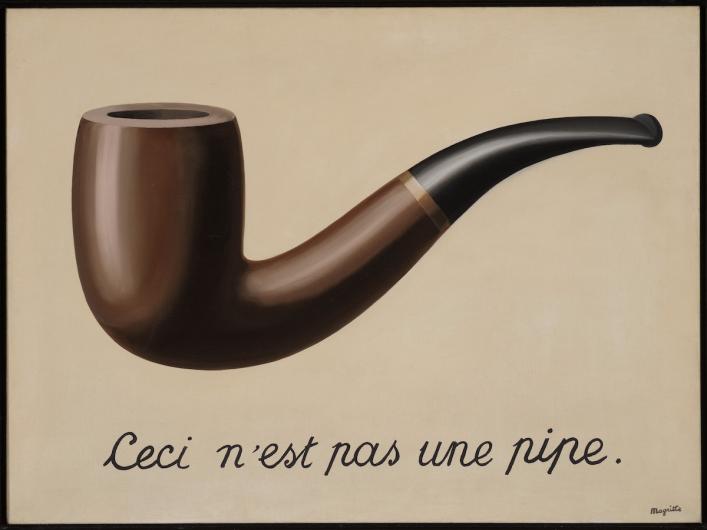
Considered a Surrealist masterpiece, The Treachery of Images, 1929 by René Magritte, interrogates the language of perception. A brown pipe is painted against a light background, with the French phrase “Ceci n’est pas une pipe” (“This is not a pipe”)—written beneath. Using a typeface and visual style similar to advertising posters of the time, Magritte draws attention to the fact that pictorial representations are not the objects they represent.
Image: René Magritte, The Treachery of Images (This is Not a Pipe) (La trahison des images [Ceci n'est pas une pipe]), 1929
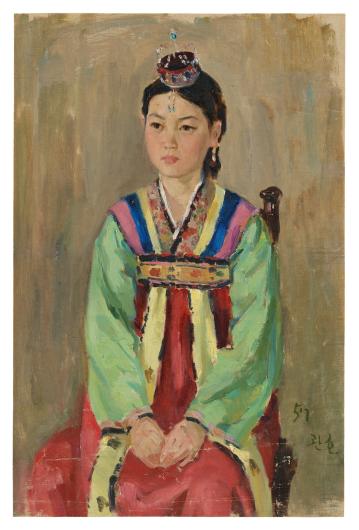
An outstanding example of Korean portraiture, Portrait of the Artist’s Daughter, by Kim Kwan-ho, is part of the exhibition Korean Treasures from the Chester and Cameron Chang Collection, which highlights recently donated works includes paintings, calligraphic folding screens and ceramics from the Goryeo (918–1392) and Joseon (1392–1897) dynasties. Portrait shows a seated girl, wearing a traditional Korean hanbock, an ornamental headdress, and coordinated earrings.
Image: Kim Kwan-ho, Portrait of the Artist’s Daughter, 1957, Los Angeles County Museum of Art, gift of Drs. Chester and Cameron C. Chang (M.D.)

One of the most popular works at LACMA, the installation Urban Light, 2008, by Chris Burden (1946–2015), has become an unofficial symbol of Los Angeles, drawing visitors from all over the world. Envisioned by Burden as an entrance to the museum, the outdoor installation utilizes two hundred and two estored cast iron antique street lamps from the 1920s and 1930s, and creates an enchanted boulevard begging to be explored and walked through.
Image: Chris Burden (United States, Massachusetts, Boston, active California, 1946-2015), Urban Light, 2008, Two-hundred and two restored cast iron antique street lamps. 320 1/2 x 686 1/2 x 704 1/2 in. (814.07 x 1743.71 x 1789.43 cm)
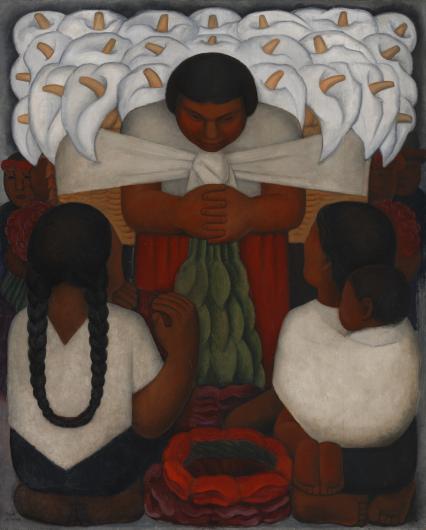
One of many paintings of Indigenous people Diego Rivera created during his career, Flower Day (Día de Flores), 1925 depicts a calla lily seller with a basket of bright lilies strapped to their back, standing in front of two women with long dark braids. Rivera combined his monolithic cubist style with an unusual perspective; the painting is almost aerial. It was acquired by LACMA’s parent organization in 1925, after winning first prize in the First Pan-American Exhibition of Oil Paintings.
Image: Diego Rivera, Flower Day (Día de Flores), 1925. Oil on canvas.
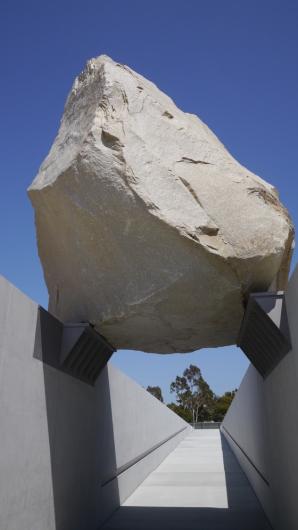
Levitated Mass is a large-scale public art installation by land-artist Michael Heizer. Heizer first conceived of the work in 1968, and attempted its construction using a 120-ton boulder in 1969 but that attempt was abandoned, when the boom of the crane that was used to lift the boulder broke. The project wasn’t picked up again until 2006 when Heizer found a new boulder at Stone Valley Quarry in Jurupa Valley, California. Michael Govan, the director of LACMA, helped secure funding for the boulder’s removal and it’s 11-day trip in February 2012 caused a sensation and drew thousands of onlookers. It opened during the summer of that year. You can see the transport and learn more about the work in the documentary Levitated Mass: The Story of Michael Heizer's Monolithic Sculpture, by filmmaker Doug Pray.
Image: Michael Heizer (b. 1944), Levitated Mass, 2012. Diorite granite and concrete. 35 × 456 × 21 2/3 ft. (10.67 × 138.98 × 6.6 m) Weight: 340 Tons
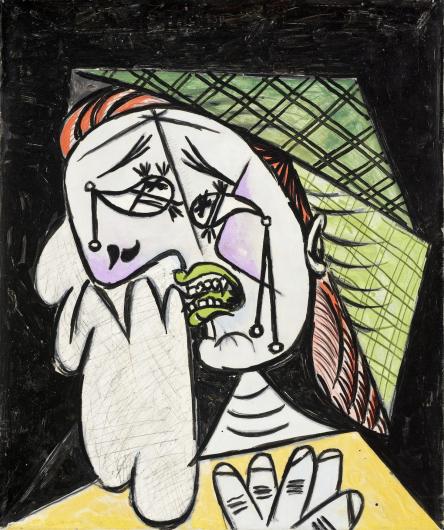
Inspired by sketches the artist made while working on his famous anti-war piece, Guernica, Pablo Picasso’s Weeping Woman with Handkerchief depicts a red-haired woman with offset eyes, rendered in stylized shapes, a handkerchief clutched to her chest as she gasps in sorrow and despair. The Cubist style makes her abject horror more visceral.
Image: Pablo Picasso (Spain, 1881-1973, active France), Weeping Woman with Handkerchief, 1937. Oil on canvas. 21 × 17 1/2 in. (53.34 × 44.45 cm)
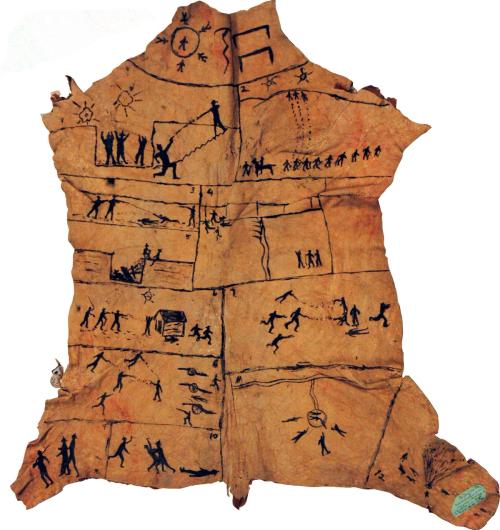
Utilizing the visually striking pictographic style of traditional hide painting, Ambrose Two Chiefs’ (Eskimarwotome) The Great War Deeds of Corporal Mike Mountain Horse, depicts Mountain Horse’s military victories serving in the Canadian military during WWI. Part of the Imagined Fronts: The Great War and Global Media exhibition, this piece centers and honors the often overlooked contributions of heroic Indigenous people.
Image: Ambrose Two Chiefs (Eskimarwotome), The Great War Deeds of Corporal Mike Mountain Horse, n.d., paint on hide, 51 3/8 × 44 5/8 × 2 1/8 in

As an animal sacred to the goddess Bastet, cats were revered in Ancient Egypt, and were thus popular subjects for Egyptian art. Head of a Cat, Egypt, Late Period, 712-332 BCE is an excellent example of Egyptian bronze sculpture of a cat head. An extremely lifelike shorthaired cat, with one ear pierced, gazes out with regal mystery. The exact function of cat head sculptures are unclear though it is believed that cat statuettes in bronze and wood were often placed in temples as votive offerings, some hollow holding cat mummies that would preserve their remains for eternity.
Image: Head of a Cat, Egypt, Late Period, 712-332 BCE
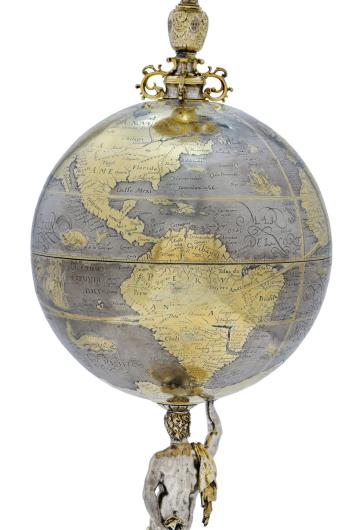
Part of the exhibition, The World Made Wondrous: The Dutch Collector’s Cabinet and the Politics of Possession, Abraham Gessner's Globe Cup c. 1600, was a popular mid-16th to mid-17th century accessory. Composed of two world globes, held up by a bearded male figure in a toga—probably the mythic Greek Titan Atlas—and supported by filigreed metalwork, the smaller globe has a removable top, so it can be used as a cup.
Image: Abraham Gessner, Globe Cup (detail), circa 1600

This 13th century Astrolabe by Muhammad ibn 'Abd al-'Aziz al Khama'iri is beautifully crafted of gilt copper alloy. Similar to a compass with many overlapping plates, astrolabes were used in astronomy and navigation. Repositioning the plates allowed the user to calculate the altitude of heavenly bodies, determine the time of day and time of year, and figure out their earthly terrestrial position, based on latitude.
Muhammad ibn 'Abd al-'Aziz al Khama'iri (Spain, active 13th century), Astrolabe. Metal, Gilt copper alloy. Overall: 8 3/8 x 5 1/2 x 1 1/8 in. (21.28 x 13.97 x 2.86 cm)

Considered a Surrealist masterpiece, The Treachery of Images, 1929 by René Magritte, interrogates the language of perception. A brown pipe is painted against a light background, with the French phrase “Ceci n’est pas une pipe” (“This is not a pipe”)—written beneath. Using a typeface and visual style similar to advertising posters of the time, Magritte draws attention to the fact that pictorial representations are not the objects they represent.
Image: René Magritte, The Treachery of Images (This is Not a Pipe) (La trahison des images [Ceci n'est pas une pipe]), 1929
Megan D Robinson
Megan D Robinson writes for Art & Object and the Iowa Source.






